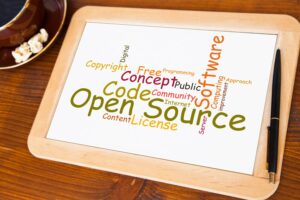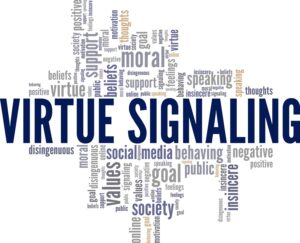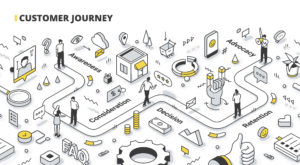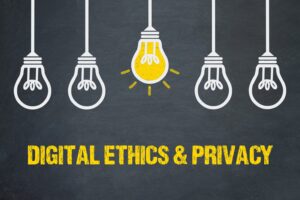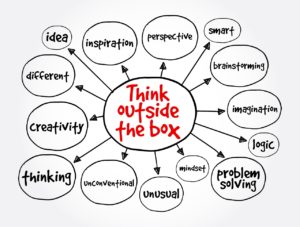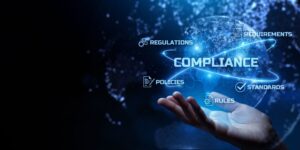The adoption of new technologies impacts existing markets and may create new market effecting a form of social transformation. Market research firms have developed a number of diverse perspectives focused on the perceived commercial importance associated with the plethora of new technologies vying for attention in the marketplace. These Market Research on Technology Adoption perspectives position the relative commercial relevance/ maturity of multiple technologies to the market of interest. Examples of market research perspectives on technology adoption include:
- Gartner Hype Cycle: The curve has an S-shape similar to the S-curve and the logistic curve, but it focuses on the expectations and perceptions of the technology rather than the actual adoption level or market size. The curve can be divided into five phases: innovation trigger, peak of inflated expectations, trough of disillusionment, slope of enlightenment, and plateau of productivity.
The innovation trigger is when a potential technology breakthrough or innovation sparks media interest and public curiosity. Often no usable products exist and commercial viability is unproven.
The peak of inflated expectations is when early publicity produces a number of success stories and failures. Some companies take action while others do not. The expectations of the technology are often unrealistic and exaggerated.
The trough of disillusionment is when interest wanes as experiments and implementations fail to deliver. Producers of the technology shake out or fail. Investments continue only if the surviving providers improve their products to the satisfaction of early adopters.
The slope of enlightenment is when more instances of how the technology can benefit the enterprise start to crystallize and become more widely understood. Second- and third-generation products appear from technology providers. More enterprises fund pilots while conservative companies remain cautious.
The plateau of productivity is when mainstream adoption starts to take off. Criteria for assessing provider viability are more clearly defined. The technology’s broad market applicability and relevance are clearly paying off. - Forrester Wave: The Wave plots the providers on two axes: current offering and strategy. Current offering measures how well each provider delivers value to customers today, based on a set of criteria such as functionality, usability, performance, etc. Strategy measures how well each provider positions itself for future success, based on a set of criteria such as vision, roadmap, innovation, etc. The Wave also divides the providers into four categories: leaders, strong performers, contenders, and challengers.
- Leaders are those who offer a comprehensive and consistent current offering and have a clear vision of market direction.
- Strong performers are those who offer a high-quality current offering but may lack strategic clarity or direction.
- Contenders are those who have a viable strategy but may lack product depth or breadth.
- Challengers are those who have a strong current offering but may not be aggressive or innovative enough in their strategy.
- IDC Marketscape: This plots the technology providers on two axes: capabilities and strategies. Capabilities measure how well each provider delivers value to customers today, based on a set of criteria such as functionality, usability, performance, etc. Strategies measure how well each provider positions itself for future success, based on a set of criteria such as vision, roadmap, innovation, etc. The MarketScape also divides the providers into four categories:
- Leaders are those who perform exceedingly well in both capabilities and strategies.
- Major players are those who perform very well in one dimension but still above average in the other dimension.
- Contenders are those who perform above average in one dimension but below average in the other dimension.
- Participants are those who perform below average in both dimensions.
- Thoughtworks Technology Radar: The Radar plots various technologies and trends on four concentric circles: adopt, trial, assess, and hold.
- Adopt means that the technology or trend is proven and mature enough to be used with confidence in most situations.
- Trial means that the technology or trend is worth pursuing and experimenting with in projects that can handle some risk.
- Assess means that the technology or trend is promising but not yet ready for widespread use. It requires further exploration and understanding before adoption.
- Hold means that the technology or trend is not recommended for use at this time. It may be too immature, too risky, or too obsolete for most situations.
These Market Research on Technology Adoption perspectives provide macroscopic views of the market and as such show aggregate trends. They can be helpful in identifying new technologies for further study. They do not provide a microscopic view on individual processes associated with the adoption of new technology. This view can help identify the scale of adoption of new technology, but as the focus is on market penetration, it does not provide insight into individual or aggregate ethical considerations associated with the use of the new technology.
Are you a technical, business or legal professional who works with technology adoption? Do you want to learn how to apply ethical frameworks and principles to your technology work and decision-making, understand the legal implications and challenges of new technologies and old laws, and navigate the complex and dynamic environment of technology innovation and regulation? If so, you need to check out this new book: Ethics, Law and Technology: Navigating Technology Adoption Challenges. This book is a practical guide for professionals who want to learn from the experts and stay updated in this fast-changing and exciting field.



